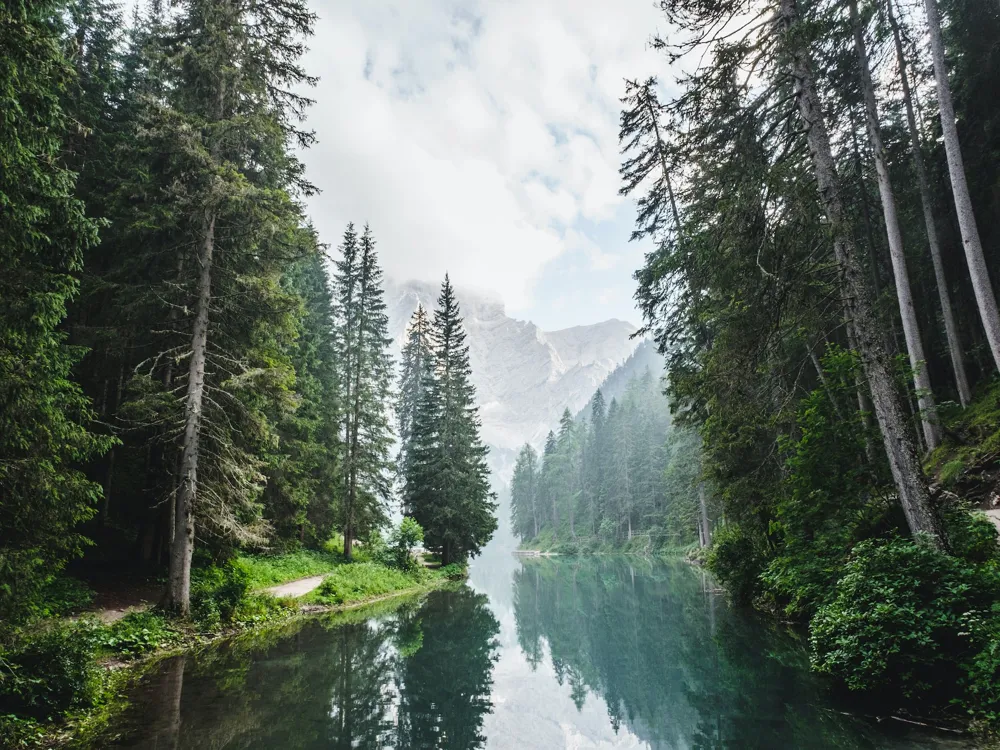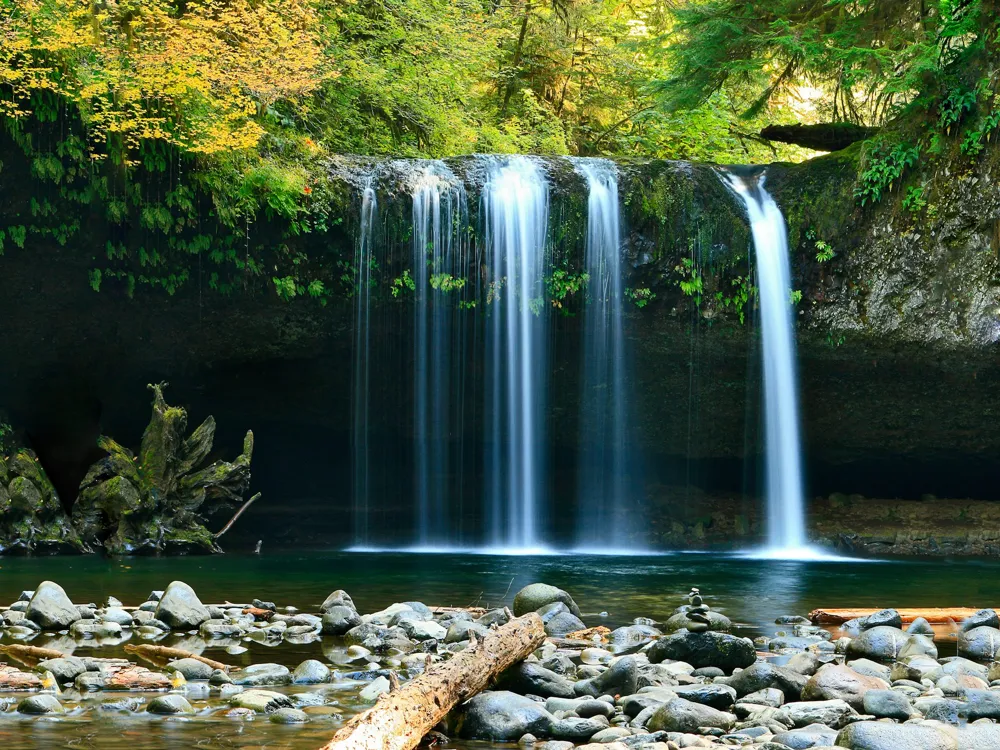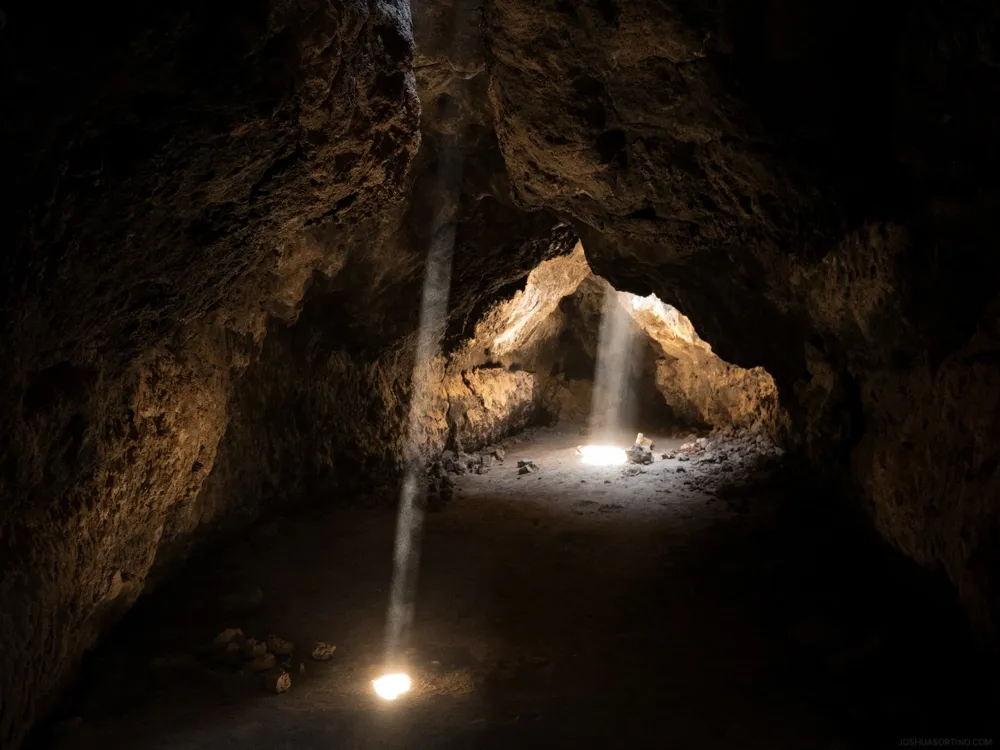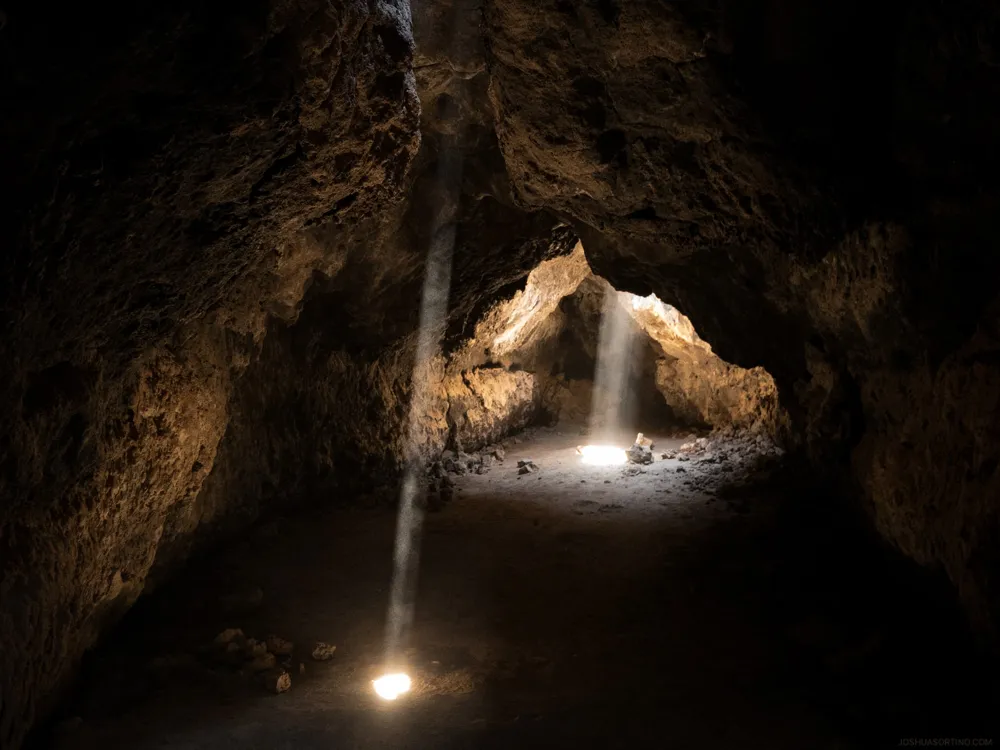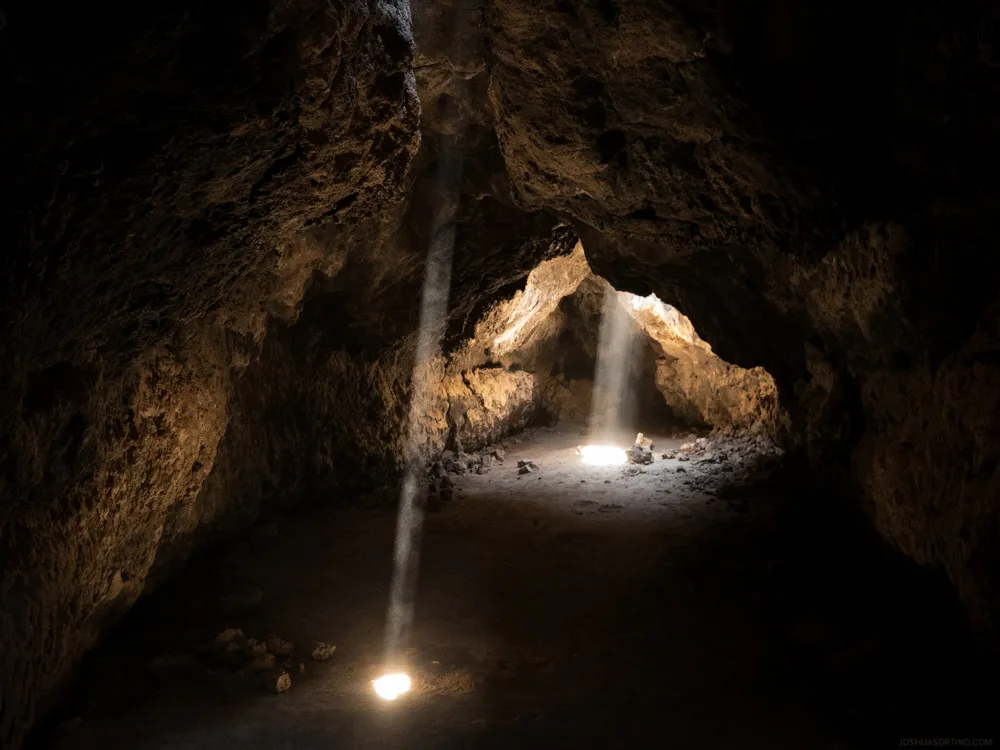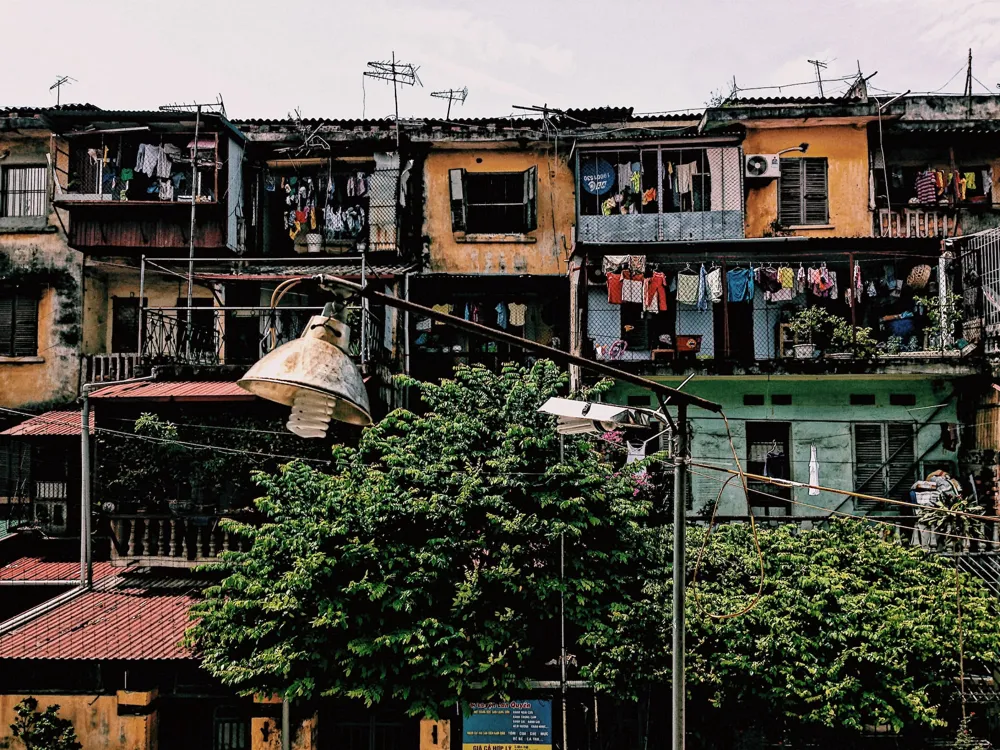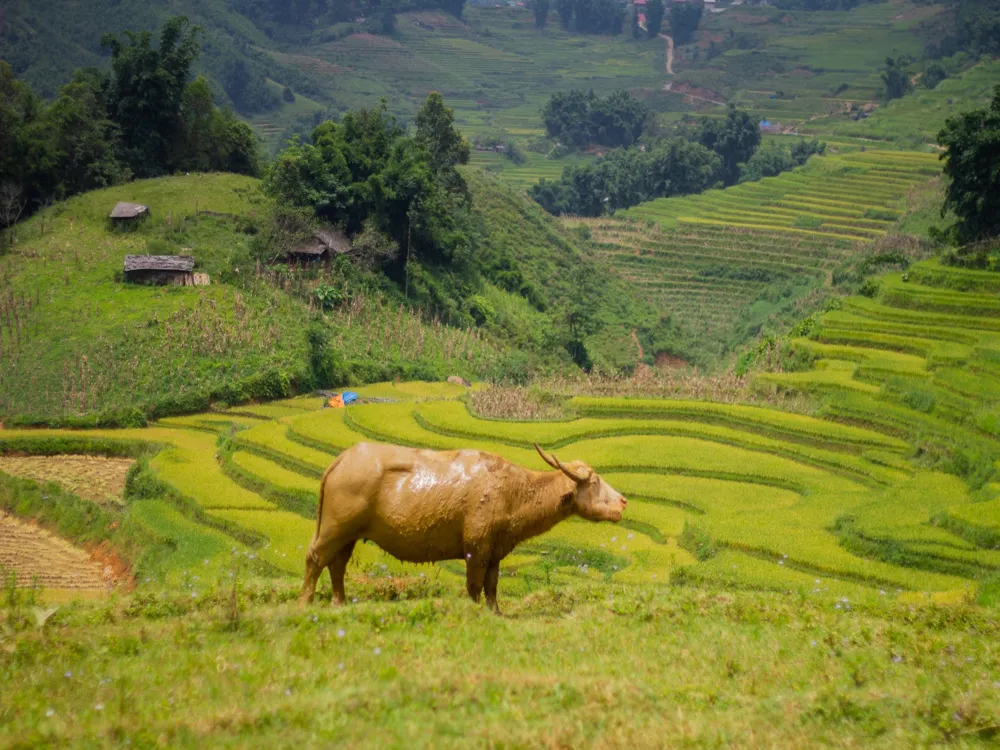Nestled in the heart of Ba Be National Park, the majestic Puong Cave stands as a testament to nature's artistry. Discovered in the early 20th century, Puong Cave quickly became a symbol of natural beauty and geological wonder in Vietnam. Spanning over 300 meters in length and reaching heights of up to 30 meters, the cave's interior is a vast expanse of stalactites and stalagmites, each telling a unique story of geological evolution over millions of years. The cave was formed primarily due to the erosive power of the Nang River, which flows through it. This has resulted in a variety of fascinating rock formations and mineral deposits. The humid climate and the river's presence have created an ecosystem within the cave that supports diverse flora and fauna. Bats are a common sight, making the cave an important ecological habitat. The river's path through the cave also offers a unique boating experience, allowing visitors to witness the cave's beauty from a distinctive perspective. Beyond its natural beauty, Puong Cave holds significant cultural importance. Local legends and folklore are woven into the fabric of the cave, with stories passed down through generations. These tales often speak of spirits and deities, further enhancing the cave's mystical allure. Moreover, archaeological findings in and around the cave suggest that it was once used by ancient humans, providing a glimpse into the region's prehistoric past. The architecture of Puong Cave is a natural masterpiece, carved by the relentless forces of nature over millennia. The cave's main chamber, a colossal hall of impressive scale, is adorned with intricate stalactites and stalagmites that have been sculpted by mineral-rich water dripping through the limestone over countless years. These formations create a labyrinth of columns, curtains, and flowstones, each with unique shapes and sizes. The lighting within the cave plays a pivotal role in accentuating its features. Natural light enters through the cave's openings, creating an interplay of light and shadow that shifts throughout the day. This natural illumination brings out the textures and colors of the rock formations, enhancing their visual appeal. The cave's architecture is not just a visual spectacle but also a testament to its dynamic geological history. The varying sizes of the chambers, the meandering pathways, and the river cutting through the cave all tell a story of the earth's movements, the water's erosive power, and the passage of time. - Ensure to wear comfortable walking shoes as the terrain inside the cave can be slippery and uneven. - Carry a light jacket as the temperature inside the cave is cooler than outside. - Always stay with your guide and follow marked paths for your safety. - The best time to visit Puong Cave is during the dry season, from October to April when the water levels are lower and the cave is more accessible. - Early mornings or late afternoons are ideal to avoid the crowds and experience the cave's natural lighting at its best. - Use a camera with good low-light capabilities to capture the cave's features. - A tripod can be helpful for long-exposure shots. - Be respectful of the cave's natural environment and avoid using flash photography, which can disturb the wildlife. Puong Cave is located in the Ba Be National Park in Bac Kan Province, Vietnam. The cave is accessible by various modes of transportation: - By Road: Visitors can drive or take a bus from Hanoi to Ba Be National Park, which is approximately 230 kilometers away. From the park entrance, local transport can be arranged to reach Puong Cave. - By Water: For a more scenic route, visitors can take a boat ride on the Nang River, which flows directly through Puong Cave. This not only offers a unique approach to the cave but also allows visitors to experience the natural beauty of the surrounding landscape. Regardless of the mode of transportation, visitors are encouraged to use eco-friendly options to minimize their impact on the park's delicate ecosystem. Read More: Best Time to Visit Ba Be National ParkOverview of Puong Cave in Ba Be National Park
Architecture of Puong Cave
Tips When Visiting Puong Cave
Preparation and Safety
Best Time to Visit
Photography Tips
How To Reach Puong Cave
Puong Cave
Ba Be National Park
NaN onwards
View ba-be-national-park Packages
Weather :
Tags : Cave
Time Required : 1-2 hours
Entry Fee : Tours - VND 1,113,574 - VND 12,022,054
Planning a Trip? Ask Your Question
Ba-be-national-park Travel Packages
View All Packages For Ba-be-national-park
Top Hotel Collections for Ba-be-national-park

Private Pool

Luxury Hotels

5-Star Hotels

Pet Friendly
Top Hotels Near Ba-be-national-park
Other Top Ranking Places In Ba-be-national-park
View All Places To Visit In ba-be-national-park
View ba-be-national-park Packages
Weather :
Tags : Cave
Time Required : 1-2 hours
Entry Fee : Tours - VND 1,113,574 - VND 12,022,054
Planning a Trip? Ask Your Question
Ba-be-national-park Travel Packages
View All Packages For Ba-be-national-park
Top Hotel Collections for Ba-be-national-park

Private Pool

Luxury Hotels

5-Star Hotels

Pet Friendly







